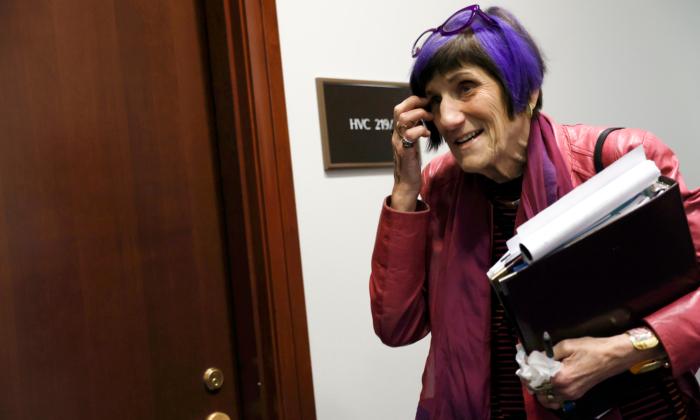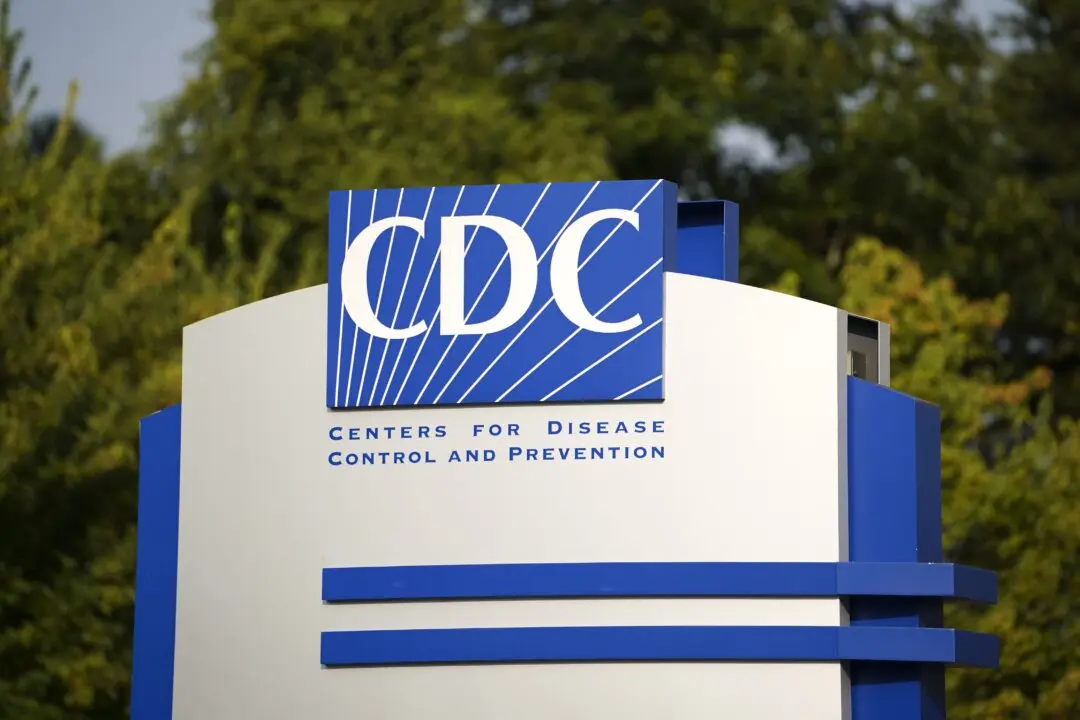As lawmakers weigh proposed legislation that would bring back the 2021 American Rescue Plan child tax credit (CTC) monthly payment and make it permanent, the Senate Subcommittee on Taxation and IRS Oversight held a hearing on July 13 assessing 25 years of the CTC.
During the COVID-19 pandemic, under the American Rescue Plan, monthly payments of $300 per child under age 6 and $250 for each child 6 through 17 were distributed. That expired at the end of 2021. Efforts to extend it fell short, even in a Democratic-controlled Congress.
The expanded and improved CTC was the largest tax cut for working families in generations, according to Rep. Rosa DeLauro (D-Conn.). The measure reached more than 61 million children and lifted nearly 4 million out of poverty in 2021 alone, she said.
Last month, Ms. DeLaura joined Reps. Suzan DelBene (D-Wash.) and Ritchie Torres (D-N.Y.) in reintroducing the American Family Act.
“When we expanded and improved the Child Tax Credit in 2021 under the American Rescue Plan, it provided unprecedented economic security for American families,” Ms. DeLauro said in a statement.
“These monthly payments helped parents pay bills, keep healthy and nutritious food on the table, afford school clothes and supplies, pay for a music lesson or a new pair of cleats, or manage a mortgage or rent payment. It worked, and it is time we get it working for families and children once more.”
Ms. DelBene called the 2021 enhanced CTC “one of the most transformational policies from the American Rescue Plan, cutting child poverty in half, boosting our economy, and helping parents pay rent, put food on the table, and afford other essentials for their kids.”
“This is a proven program that will help grow our economy by rebuilding and strengthening the middle class,” Ms. DelBene added.

The maximum tax credit per qualifying child in 2023 is $2,000 for children 5 and younger, or $3,000 for children 6 through 17.
Parents and guardians are eligible for the CTC if their adjusted gross income is less than $200,000 when filing individually or less than $400,000 if filing a joint return with a spouse.
The proposed measure has 210 co-sponsors. A companion bill in the Senate, led by Sen. Sherrod Brown (D-Ohio) has 40 cosponsors.
Under the legislation’s provisions, families with children 6 and under would receive a $300 monthly payment. The payment for children 6 to 17 would be $250 per month.
The proposal also includes a new feature called a “baby bonus” which would increase the credit in the month a baby is born to $2,000.
History of Cooperation
Sen. Michael Bennet (D-Col.) is chair of the Subcommittee on Taxation and IRS Oversight. In his opening statement at the July 13 hearing, he praised the history of bipartisan cooperation.“Although there have been occasional differences in approach, I think it is important to recognize that the child tax credit has been expanded—both in size and to whom it’s available—as a result of bipartisan consensus and agreement,” Mr. Bennet said.
Among the first lawmakers to embrace the CTC were Republican members of the House in 1994, who included a $500 credit in Newt Gingrich’s “Contract with America,” Mr. Bennet noted.
President George W. Bush worked with Democrats and Republicans in Congress “to make some of the Child Tax Credit refundable for the first time, expanding some of the benefit to low-income families,” Mr. Bennet added.
In 2017, Congress passed tax cuts introduced by President Donald Trump without bipartisan support, Mr. Bennet explained.
That measure doubled the maximum size of the CTC from $1,000 to $2,000 and elevated the income threshold to $200,000 for individuals and $400,000 for married couples, making it more available to wealthier families.
Bennet encouraged lawmakers to pass the proposed legislation that would make the CTC monthly payment permanent and expand access.

John Thune (R-S.D.) said in his opening statement at the hearing that he believes the current CTC should not be allowed to expire in 2026, but he expressed concerns about bringing back the American Rescue Plan measure and making it permanent.
“The American Rescue Plan went beyond simply increasing the per-child tax credit amount. It extended the credit to children who are almost adults. It adopted a completely new approach by mandating taxpayers who did not opt out to receive half their credit in advance, significantly straining the IRS’s resources and leading to refund delays, surprise tax bills, and lengthy call wait times for two consecutive tax filing seasons, among a host of other administrative challenges,” Mr. Thune said.
The most concerning change, Mr. Thune added, “was that Democrats eliminated the credit’s tie to working and earning a basic amount of income. This single change essentially turned a credit that targets assistance toward working families into universal basic income for anyone with a child.”
This removes the incentive for certain parents to enter and remain in the workforce, he noted.
Katherine Michelmore, associate professor at the University of Michigan’s Gerald R. Ford School of Public Policy, testified that the CTC’s current structure prevents approximately 19 million of the poorest children in the U.S. from receiving the full credit.
Indivar Dutta-Gupta, president and executive director of the Center for Law and Social Policy, explained that “poverty is bad for all children and particularly bad for the youngest children. Children who experience poverty are far more likely than their peers to fail to finish high school, become parents as teens, and experience poverty as adults.”
The move to make CTC monthly payments permanent has some detractors.
Kevin Corinth, deputy director for the American Enterprise Institute’s Center on Opportunity and Social Mobility, noted that the 2021 reform “cost an additional $100 billion annually, likely contributing to the high inflation we have experienced for the past two years. If made permanent, it would lead an estimated 1.5 million parents to exit the workforce. It would also put at risk the other benefits of tax credits that encourage work.”





